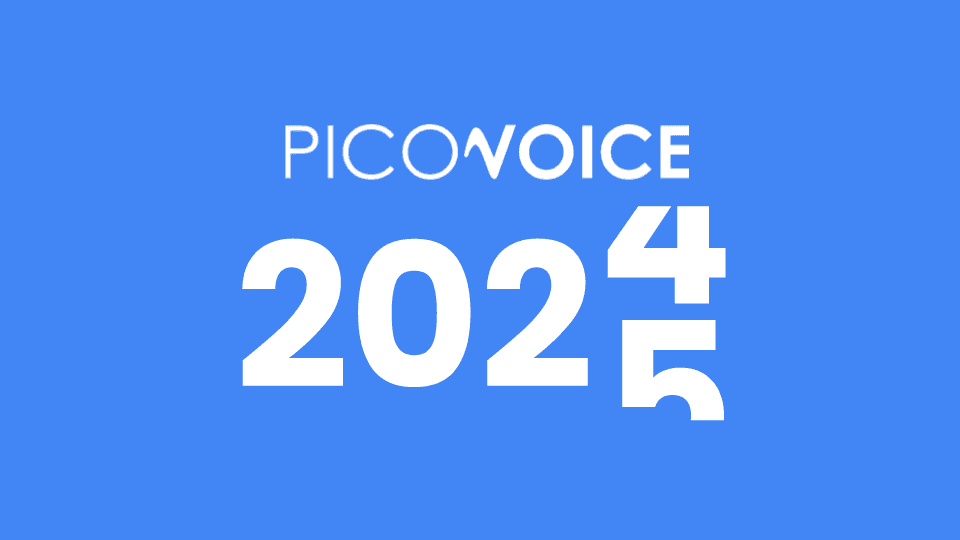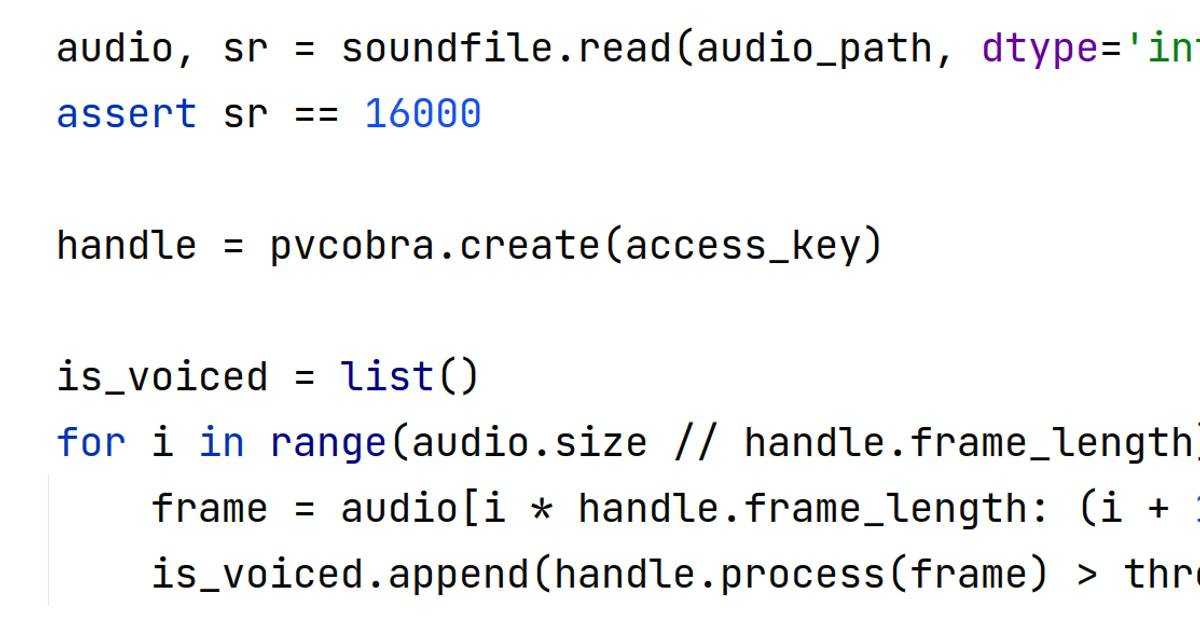“Should we Build, Open-source or Buy?” is probably one of the most popular questions in software development, and the answer is “it depends.”
Every situation is unique and requires diligent consideration, so we listed five things to consider to help with this decision:
- Strategy: Does the software provide a competitive advantage?
- Cost: What’s the total cost throughout the lifecycle of the product?
- Time-to-market: What’s the time sensitivity for the launch, and is it a complex technology?
- Available resources: Does the current staff have the necessary skills to build and maintain?
- Support: Who provides support, and is it crucial to have reliable support?
Case for the Build
The Build option is the answer when a product has strategic importance to the enterprise and differentiates it from the competitors.
Advantages of the Build:
- Customization: Enterprises can decide on the features, roadmap and development process.
- Ownership: Enterprises can make modifications without worrying about agreement or open-source license limitations.
- Support: Enterprises can determine the schedule to fix bugs and release version updates.
Disadvantages of the Build:
- Timing: It takes time to build anything from scratch - even years if the technology is complex.
- Development risk: Building custom software is not easy, and most software projects run over time or budget, generally both.
- Internal Capabilities: If an enterprise doesn’t have internal capabilities, it has to invest and acquire them.
Voice AI is a complex technology stack; requiring machine learning expertise and significant investment in R&D - to gather data, develop frameworks, stay competitive with advances, manage risks and solve problems internally without external support. The Build option suits enterprises with an innovative angle or ambitions to sell proprietary voice technology.
Case for the Open-source
Open-source lies between the Buy and the Build options.
Advantages of the Open-source:
- Free: Free and open-source software (FOSS) is free, by definition.
- Community: Popular FOSS has a community that helps with troubleshooting and fixes.
- Timing: The company does not spend time developing the available libraries and can directly use them.
Disadvantages of the Open-source:
- No Assurance: Maintainers can archive the project, stop releasing new versions or accept pull requests. A recent study shows that individual developer accounts host seven of the ten most-used packages.
- No Customization: Enterprises do not have a say in the roadmap, and maintainers do not commit to an SLA or documentation consistency.
- Limited Control: Licenses may limit commercial use. Maintainers may choose not to provide detailed information such as training data or support every platform, technology, SDK or feature.
There are a few Open-source voice AI repositories, especially for speech-to-text:
- Kaldi by Dr. Daniel Povey
- NeMo by NVIDIA - requires NVIDIA GPU for training
- Whisper by OpenAI - announced no plan or interest in adding diarization,
- DeepSpeech by Mozilla - stopped maintaining and releasing new versions.
Given the high opportunity cost of business interruption, enterprises may not prefer Open-source for commercial products, yet, Open-source is a good fit for prototyping. They can decide whether to Build or Buy without investing too much.
"Some FOSS projects maintained by vendors, such as VOSK by Alpha Cephei, offer the base software free and then charge for additional features, consulting services or support, i.e. FOSS with an option to Buy."
Case for the Buy
The answer is to Buy if the software does not provide a competitive advantage yet is critical for business continuity or is complex, takes time to build and requires acquiring new expertise.
Advantages of the Buy:
- Timing: Enterprises can buy out-of-the-box solutions requiring limited customization and build first features within minutes.
- Reliable Support: Enterprises can expect when and how the bugs will be addressed and expedite the process with premium packages.
- Ongoing Enhancement: Vendors are self-interested in offering updates and upgrades to maintain their competitive advantage.
Disadvantages of the Buy:
- Price Tag: Vendors invest in building and maintaining the software, so they sell it to compensate for their investments.
- Agreement Limitations: Terms of Use, predominantly standard, governs usage and services.
- Lack of Technology Freedom: Supporting platforms and integrations require investment. Vendors generally offer popular ones out of the box.
The Buy option works well for enterprises interested in focusing on their core product and competence instead of building complex voice technology, an AI-complete problem. After deciding to Buy, the next question is: “from whom?”
Independent voice AI vendors are more flexible with bespoke requests and consider customer feedback on their roadmap. They offer aggressive prices and innovate faster than the big tech to gain and maintain their competitive edge - beware of legacy vendors or those that rely on Open-source. They may not offer any of these.
Big tech oligopoly has a controversial history of using customer data to compete with them and enjoying high margins. However, big tech offers convenience. Under one cloud bill, enterprises can purchase various solutions, including voice AI. Plus, nobody got fired for buying IBM big tech.
Closing Remarks
Choosing whether to Build, Open-source or Buy requires diligent evaluation and comparison. One of the most common mistakes is underestimating the total cost of ownership. Forcing developers to learn a new language or an outdated technology or rewrite an application will increase costs and decrease morale. Also, be careful with the sunk-cost fallacy. Insisting on a poor-performing project or vendor will not make things better.
Picovoice’s strategy guide for voice applications, open-source NLU and STT benchmark or comparison for top free and paid natural language understanding (NLU) and speech-to-text (STT) engines can provide insights for Buy and Open-source options.







